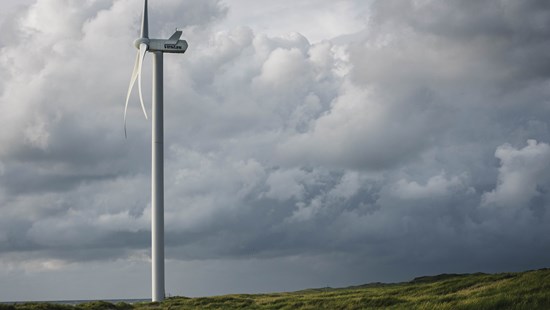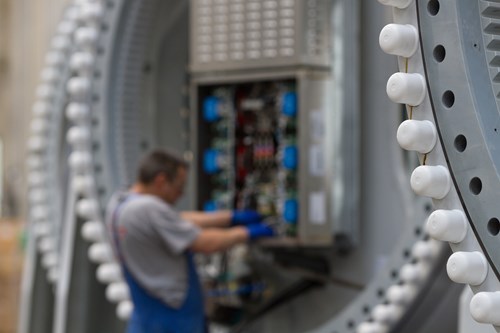
It has been a turbulent year for businesses in the energy transition value chain and one of the most disappointing segments has been the wind turbine industry. Rapidly rising input costs and massive disruptions to supply chains following the pandemic have put significant pressure on margins for these companies. These recent challenges have negatively impacted share prices and caused investors to lose confidence in wind turbine manufacturers and project developers.
Undoubtedly, the biggest problems have been the recent cost inflation and supply chain challenges. Over the past few years, businesses have had to adjust to higher manufacturing, shipping and raw materials costs. Meanwhile, they have also had to wrestle with issues surrounding the availability of certain parts and logistics delays. The result is deferred or unfinished projects and, in some cases, extra costs associated with specific product design issues. Interestingly, some of these pressures are related to the industry’s contract structure and business models. Typically, there is an 18–24-month lead time between price negotiation and turbine installation. This means businesses lock in raw material costs at the point of order and are vulnerable to rapidly changing raw material prices. While these prices have been stable for many years, the past 18 months have brought more volatility for these costs between the start point for negotiations and the firm turbine order.


Together, the structural pressures around industry pricing and contract terms combined with the cyclical pressures of heightened costs have created a perfect storm for the collapse in profitability across the wind turbine space – and the resulting impact on share price performance has been equally sharp. However, despite these recent challenges, there are still reasons to be cheerful.
We have started to see a fall in input costs as prices for raw materials decrease, easing some of the pressures of these businesses. Higher and more stable pricing will also help drive profits. Improved discipline from a contracting perspective going forward should help drive more sustainable and disciplined pricing strategies over time.
A more supportive regulatory and tax environment should also benefit these companies. The Inflation Reduction Act and other similar initiatives globally provide some clarity on the direction of travel for the countries and supportive tax incentives could help increase project demand. The progress in the US combined with the European government’s aim to reduce dependence on Russian natural gas, a significant sustainability push in China and continued growth around the world means that there is a strong chance that many of the turbine manufacturers and component suppliers could experience a large increase in demand. Without the huge supply chain issues they should be able to service orders more easily.
Together the improving cost picture, a more disciplined pricing environment and the re-acceleration of project demand could lead to improved profitability across the wind equipment supply chain. In the meantime, valuations for some of these businesses look attractive and there are some great opportunities to buy incredible companies that could benefit from the unfolding of the long-term structural trend of decarbonisation. Trillions of dollars still need to be spent to transform our energy system and as investment in the energy transition increases there will be more opportunities created for investors across the entire value chain. Identifying and investing in the best quality companies in the most attractive parts of the space has the potential to deliver sustainable long-term returns.
As well as an acceleration in growth in industries like wind, solar and electrification of the grid, there are many new and innovative businesses appearing all of the time focusing on battery storage, nuclear, electro-fuels and other companies that will shift our global energy landscape. This increased breadth means investors can build diversified portfolios of various types of renewable power, technology, materials and industrials businesses. As investment flows across the different parts of the market simultaneously increase, it is up to investors to identify those segments and the companies within them that can best capture this capital and convert it to growth. Investing in energy transition equities is as exciting as it has ever been. However, remaining agile and diversified in a period of continuous change is key.
We hope you have a good week.

